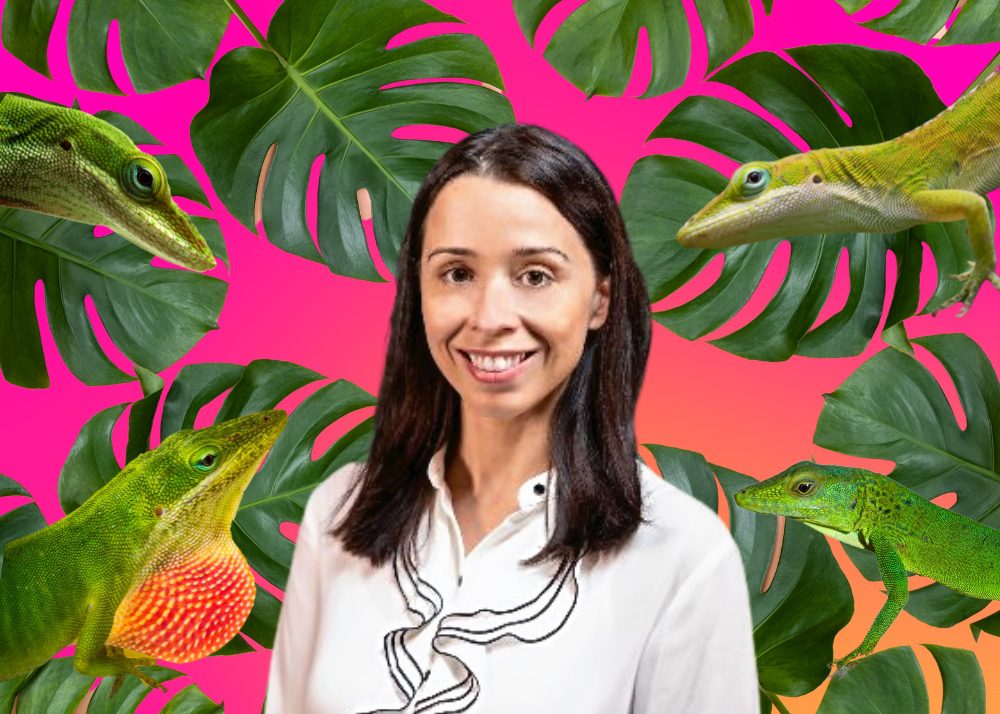Interview: The Evolution of Martha Muñoz
You might not expect a daughter of Cuban immigrants raised in the “concrete jungle” of New York City to find her life’s passion researching and teaching about nature at one of the world’s most prestigious universities. But Yale University biologist Martha Muñoz is making an amazing career out of defying expectations and pushing the boundaries of traditional thinking about evolution.
By Lindsay López-Isa Lamken
Who is Dr. Martha Muñoz?
Dr. Martha Muñoz has an impressive curriculum vitae (a fancy Latin term meaning “the course of life” that people in academics use to describe their job resume). She is currently an Assistant Professor in the Department of Ecology and Evolutionary Biology at Yale University, and before that, she was an Assistant Professor of Biology at Virginia Tech. Her education is equally top notch. She has a B.A. in Biology (with Distinction), summa cum laude, from Boston University, and a Ph.D. in Organismic and Evolutionary Biology from Harvard University. On top of all this, Muñoz recently was given the Young Investigator Award by the American Society of Naturalists, and she has received funding for her research from the National Science Foundation.
This long list of accomplishments means that she has achieved the highest level of education possible in the field of biology (a “doctorate”) – and specifically the biology of evolution – and is now teaching and doing original research to help us all better understand why living things look and act the way they do. Muñoz is at the forefront of a group of scientists who are proving that evolution is more complicated than we previously thought, and that the way that living things behave is a factor in how they evolve.
Back to the Future
To better understand Muñoz’s research, it helps to know a bit about the science of evolution. In 1859, an English naturalist and biologist named Charles Darwin upended the scientific world with his “theory of evolution.” This theory – which is supported by overwhelming evidence and has been accepted as fact by the vast majority of scientists for over 150 years – is both simple and stunning; all of life started with a single living organism, and the slow change or “evolution” of that original organism’s descendants over billions of years into the amazing variety of life on Earth today is largely the result of a process called “natural selection.”
Natural selection begins by recognizing that members of the same species exhibit natural variation in their traits. (Think about the differences in height among you and your friends.) Some of those traits make it easier or harder for individuals to survive the pressures of the physical environments in which they live. These pressures might be things like how hot or cold it is, what kind of food and shelter is available, and what other animals are around and competing for resources.
Over time, these pressures “select for” the individuals in each species that have the traits that make it easier to survive and reproduce. In this way, for example, natural selection explains how the beaks of finches evolve. In their natural environment in the Galápagos, the main food source for finches is seeds. Usually, those seeds vary in size and hardness, providing a wide range of resources for finches. During droughts, however, the hard seeds tend to be the dominant resource; in turn, this creates selection for broader beaks that deliver stronger bites, leading to evolution in the finches, as the individuals with broad beaks tend to survive and reproduce more than the individuals with more slender beaks and softer bites.
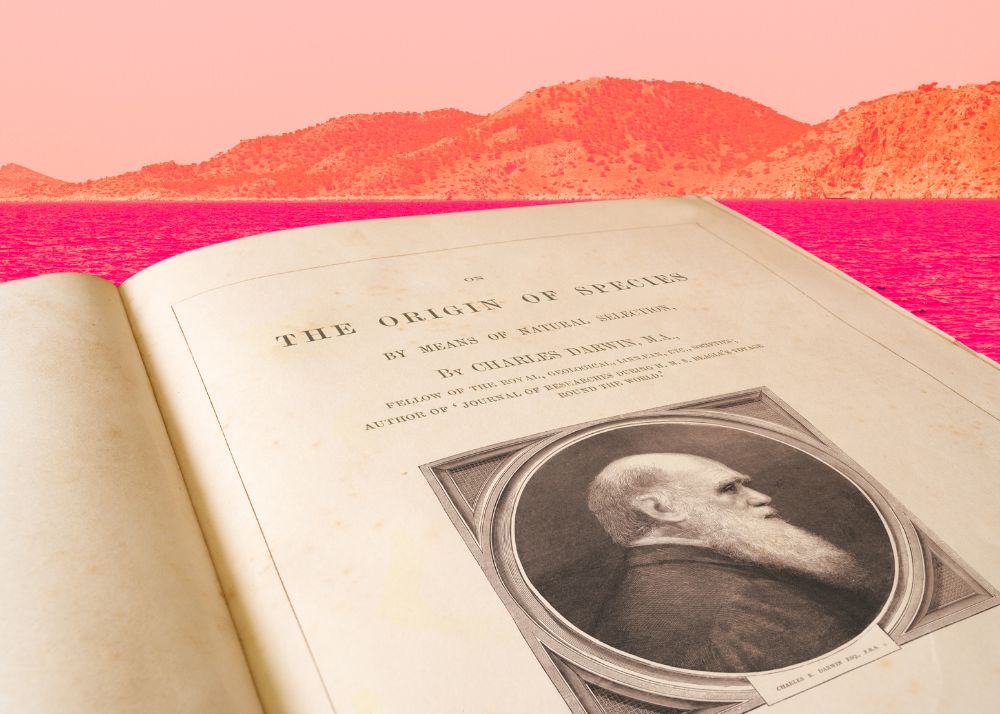
Muñoz’s Research
In this traditional understanding of natural selection, evolution is a one-way street where traits of living things develop in reaction to external forces in the world around them. Muñoz is researching how the behavior of a living thing (an internal factor) also can play a role in evolution. Muñoz is particularly interested in why some types of creatures – like anoles (a type of lizard) and salamanders – have quickly evolved into so many different sub-species with different characteristics, while others have remained largely the same. She is studying anoles and salamanders to see if there is evidence that the way they move around in their environments has affected the speed of their evolution. I talked to Dr. Muñoz about her life and how she became interested in this field of study.
Lindsay López-Isa Lamken for Lateenz: How did you become interested in evolution generally and, in particular, the effect of behavior on physiological and genetic change?
Dr. Martha Muñoz: That’s a great question – well, really, two questions – so, I’m going to take them one at a time. My interest in evolution as a whole really began when I was an undergraduate [a student in college]. Even though I grew up in New York City, we didn’t really study evolution in science class. Looking back, this really surprises me, because you can’t understand biology without understanding evolution. My first real exposure to evolution happened in the very first class I attended at Boston University. The professor gave a survey lecture about the history of life – a real “deep-time” perspective. By the time the lecture was over, my understanding of the world went back hundreds of millions of years further than it had when I woke up that morning. I knew right then and there that I wanted to study evolution.
I still remember learning about the Cambrian Explosion, which is an important period about 540 million years ago when several animal lineages that we recognize today rather rapidly appear in the fossil record. For me, looking at those fossils was like being hit by an emotional freight train. On the one hand, the animals recorded in those fossils look so alien, but, on the other hand, they have features that we still see in living things today. It became clear to me that these animals are a part of my history and the history of all living things. That realization moved me to tears.
Then, in my sophomore year, I took a class about evolution. In this class, we looked at the deep history of time and life on Earth and learned how the characteristics of animals – the physical patterns that we see in their bodies – are a product of evolution. In that class, I learned how scientists test the theory of evolution and how we can show that it’s true. Once I absorbed those concepts, I felt the only way I could meaningfully study nature was through the lens of evolution. It’s just so integral to the fabric of nature.
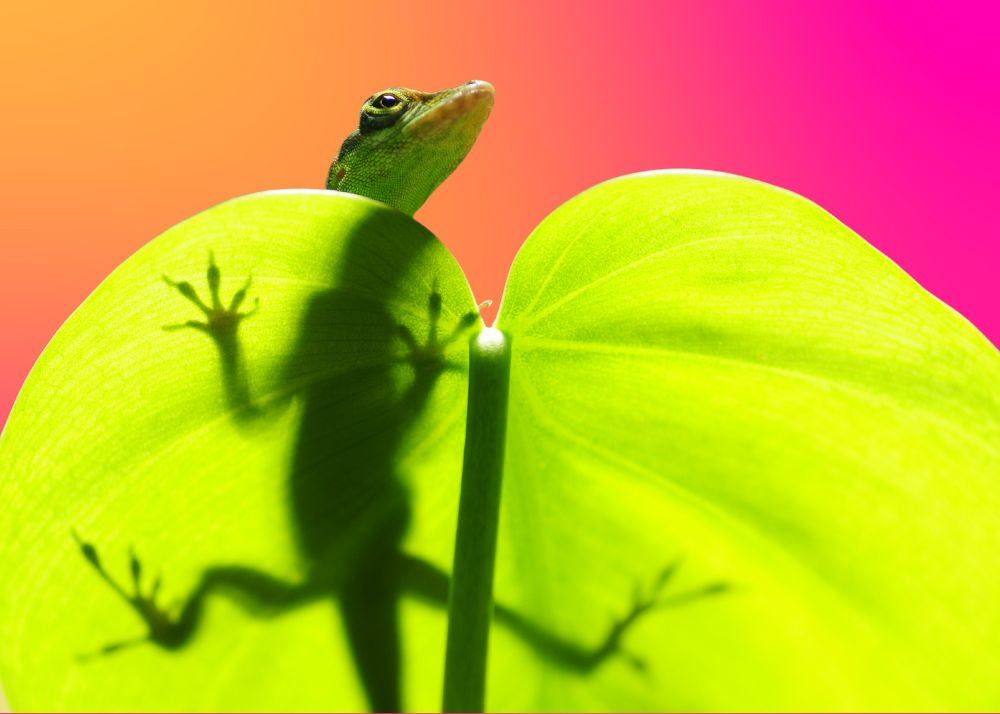
Your second question is about how I became interested in the role of behavior in evolution. That came later when I was in grad school, when I was doing research on the evolution of tropical anoles. Anoles are famous in the Caribbean for their “adaptive radiation” – the fact that they have developed a large number of different ecological morphotypes [different body types within the same species based on the particular environmental niche that particular members of the species live in]. Scientists have already studied how anoles change in body size and body shape in response to their physical environment. So, we know that the ‘crown-giant’ anoles that live in the bigger space of the tree canopy are larger than little ‘twig’ anoles that spend their lives on thin little branches. But I started to focus on the fact that anoles are also found in very different thermal [temperature] environments.
There are anoles that manage to live in the mountains in the Dominican Republic where the temperatures are very cold. I started to get really interested in how they were pulling that off, because their ancestors evolved to live in the much warmer temperatures you find at lower elevations. I wanted to know how these tropical lizards were managing to live in these colder temperatures, in high elevation pine forests that felt nothing like the tropics. Did their bodies change to adapt to the cold? I discovered that, with very few exceptions, these anoles weren’t cold adapted.
Instead, they were using their behavior, like sunning themselves on rocks, to keep warm. They’re very picky about when they’ll be out and about in their habitats. If it gets cloudy, they’ll go hide under rocks and logs. They typically don’t come out right at sunrise, as their low elevation relatives do. And, they go to bed rather early, well before sundown, which is also different from their low elevation counterparts. Rather, these high elevation lizards will wait until the habitat warms up and they’ll go retreat under vegetation once the afternoon sun goes down and the habitat cools. They don’t perch on tree trunks, like their relatives at low elevation do, because the trunks are chilly perches. Rather, they bask out in the open on sun-soaked rocks, where the microenvironment is substantially warmer. In essence, they’ve retained their ancestral preference for warm environments, and create a microcosm of the tropics simply by choosing when to be active, and what perches to use once they do come out. You might expect organisms in cold environments to become cold adapted as a response to the selection imposed by their environments. But, this was not the case for these remarkable high-elevation lizards. I realized that thermoregulatory behaviors were effectively ‘shielding’ these lizards from natural selection by limiting their exposure to cold environmental extremes. And, in turn, these buffering behaviors were slowing down their rates of physiological evolution because the lizards weren’t being exposed to the evolutionary force of natural selection. And that pushed me to start thinking about how behavior can set the pace for evolution – and, in the case of these anoles, slow it down. So, that’s where my interest started.
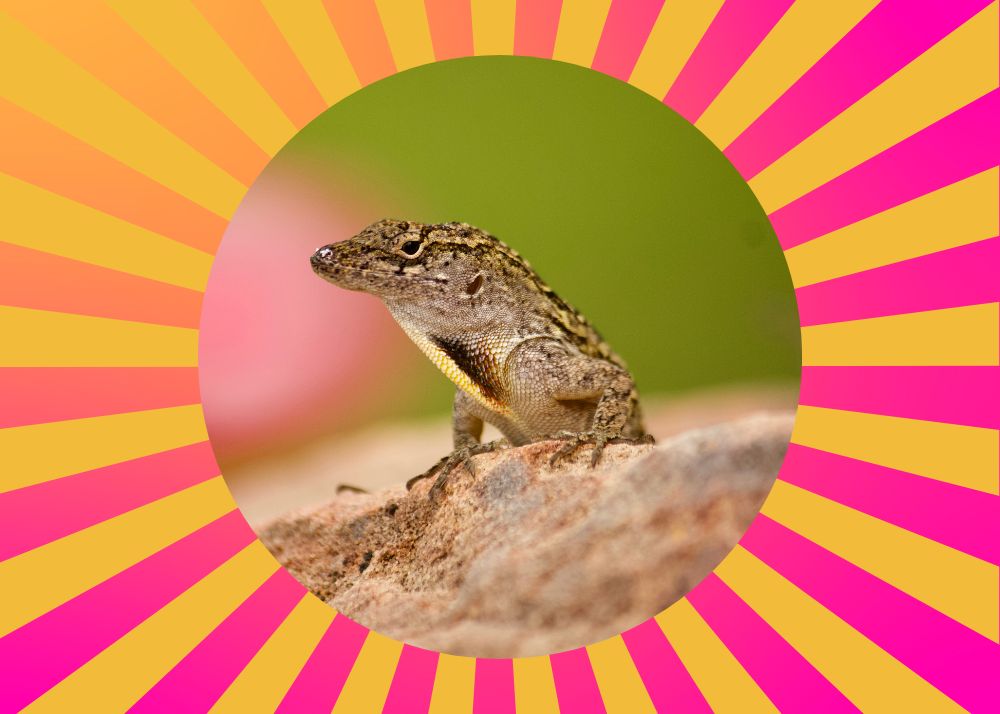
How do you conduct your research and where do you get your ideas?
Dr. Martha Muñoz: All of my best ideas are born in the field. I spend a lot of time quietly among the organisms, walking in the woods and observing them, taking note of the ways they act. When do they come out? What is the weather like when they do? What do they perch on? Do they move into the sun or the shade? Do they change their behavior depending on the time of day or the surrounding temperature?
I start by taking really detailed natural history notes. I try to think about what information I can collect about an organism that I don’t already have – something new. I’ll make notes about my observations even if I don’t know whether they will matter down the road. What’s the organism eating? Where is it perching? What is it interacting with? What’s unusual about it that I hadn’t noticed before?
Every time I try make observations “outside the box,” I always discover something new. And then I discuss those ideas with colleagues, often with local naturalists who live and work in the areas where I’m doing research. I make a lot of local collaborator friends, and I love to get their take on my observations. Local researchers know the organisms far better than I do because they interact with them more regularly. I also read the scientific literature to see what significance there could be to the observations I’m making. I look to see if the ideas that are percolating in my mind have any relevance to ideas that have already been known and tested by other scientists. Through the combination of these strategies, I try to find something new and exciting to work on next.
Do you think you could explain the basics of your research for teenagers who don’t have an advanced scientific background?
Dr. Martha Muñoz: I study evolution. A general feature of evolution is that it does not proceed evenly. By this I mean that sometimes evolution can be exceptionally rapid and in other cases it can be quite slow. Imagine, for example, one car zipping along the Autobahn at top speed and another car stuck in New York City traffic at rush hour. That’s how it is for evolution: some traits and lineages can evolve at warp speed whereas other can appear inert, or nearly so, for millions of years. I study why that is. What makes evolution go quickly in some cases, and what makes it go slowly in others? It turns out that organisms themselves have a really important role in determining whether evolution is quick or whether evolution is slow. My research centers on discovering how the behavior of organisms in their environment – how they interact with their surroundings, whether they use new resources or enter new environments – can affect natural selection and the speed of their evolution. Through their behavior organisms can exploit new resources in their environments or enter new environments altogether and, in so doing, expose them to selection and accelerate evolution. Conversely, some behaviors – like the thermoregulatory behaviors I described earlier – shield organisms from environmental variation, limiting exposure to natural selection and slowing evolution down. And sometimes, both of these things can happen at the same time! A single behavior can expose organisms to one type of selection and shield them from another. In the case of the lizards,I described above, the thermoregulatory behavior of perching on rocks shielded them from selection on physiology. But this behavioral switch to rocky perches actually also exposed them to selection on morphology, resulting in the evolution of flattened bodies adapted to life on boulders.
I read an article about you in Science magazine that said you fell in love with nature at an early age. When did you know that you were going to pursue a career in science?
Dr. Martha Muñoz: I fell in love with – I wouldn’t say science, because I didn’t really understand what “science” was at that time – but I fell in love with “nature” as a kid growing up in New York City. As far back as I can remember I had an innate interest in nature. I was obsessed. Every memory of my childhood is infused with animals and nature and the tropics and rainforests and coral reefs. I was one of those kids who had to know it all, who had to study it all, who had to memorize it all. But I didn’t quite know what to do with that interest in terms of my life.
It wasn’t until college, when I discovered what being a scientist actually means, that I realized I wanted to be a scientist. Before that, the only career I could think of that was going to get me close to nature was to be a veterinarian. But that really wasn’t where my heart lay, I just thought that would get me closest.
To give you an idea of how obsessed I was, in New York City, I lived across the street from a little park. My friend and I used to climb over the fence into the park and pretend we were climbing trees in the jungle. I would take grown-ups to the American Museum of Natural History, the Bronx Zoo, and the New York Botanical Garden every chance I got. I would drag every adult I could to these places because those were the places where my imagination could run wild, and I could feel connected with nature.
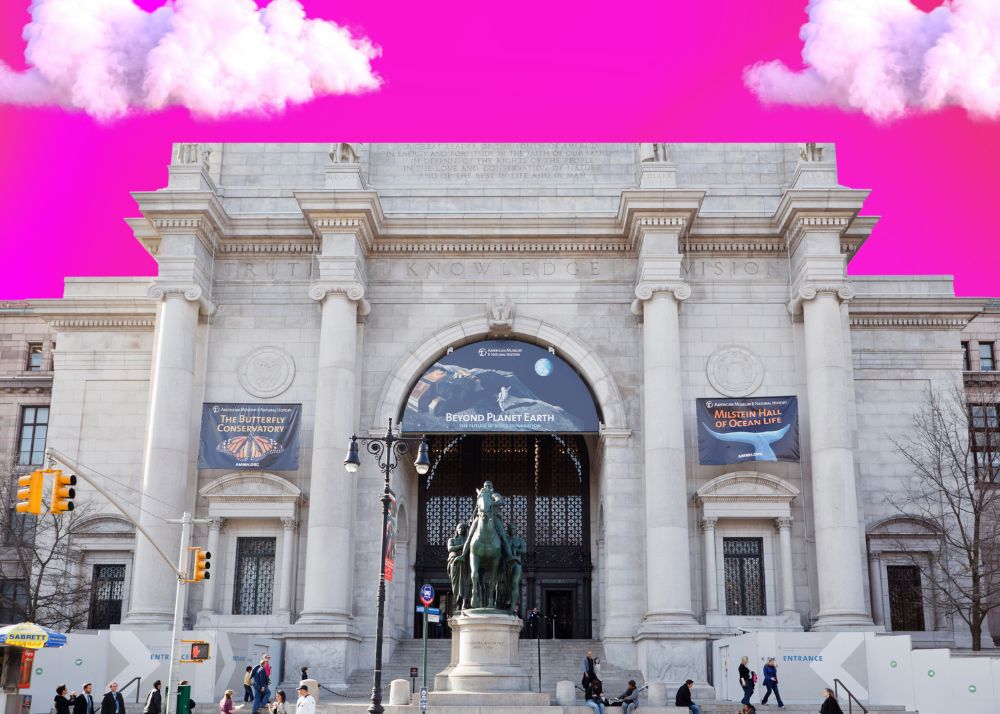
As teens, we’re always trying to figure out what to do with our lives, but – like you pointed out with – we don’t always understand what careers are available or what it takes to do them. Can you tell us how you became an assistant professor of biology at Yale University? What training did you get, and what was your career path?
Dr. Martha Muñoz: I have to tell you, there was no way for teenage me to have known that I would end up here. It wasn’t really until I started working with scientists in undergrad that I even imagined being a professor. When I saw them running laboratories, teaching classes, and interacting with the students – in other words, doing science, mentorship, and teaching, and fieldwork – that’s when I knew it would be the perfect job for me.
Then, when I went to grad school, I got even more excited, because I saw that some scientists also worked in affiliation with a research museum, and I realized I could also be a museum curator [someone who works on the exhibits at museums], which is another thing I do at Yale. I spent my childhood at the American Museum of Natural History, and I know the transformative power that museums have. Museums allow imaginations to run wild and to connect people to the broader world around them. And, research collections – the specimens that scientists work with – are the lifeblood of my research. I felt an instant connection to scientific curatorship. These experiences just confirmed that this is what I wanted to do – I felt immediately I had found my niche. So, I just kept doing research, and I kept putting one foot in front of the other. With great determination and enthusiasm, I chased down every opportunity that I could. I asked my professors about internships, what I should do next, and who would be good mentors. I took classes voraciously. I signed up for everything. I was insatiable – and I’m still insatiable [laughs]!
Many of my friends are interested in entering STEM fields, but they have no idea where to start. What are some ways that teens can get started or get involved in science as a career?
Dr. Martha Muñoz: I think sometimes we put the cart before the horse in making career decisions. We say to ourselves: What is the list of jobs I know that I know about, and which ones do I think I can do? These often are a doctor, a lawyer, a psychologist, etc. But I promise you that there are many more jobs in the world than the ones you already know about. It probably doesn’t make sense to even think about the job you want to end up with at this point.
I’d argue that the right way to approach this question is simpler but also, in some ways, harder. You have to start by doing some soul searching. Ask yourself what it is that motivates you, what excites you, and what you could imagine yourself spending a lot of time doing. When you start thinking about that, then you can get more creative about what direction to move in, or where to “bend” your interest. That, in turn, will help you figure out what you want to learn and how you want to expand your mind.

My recommendation for teenagers is to be very open-minded. I see a lot of the young people who enter undergrad already saying, “I am pre-med, and I’m going to do this, and I’m going to do that…” College is a chance to get a liberal arts education, to learn about art, culture, literature, civilization, languages and the world around you! Of course, if you’re interested in science and you’re pretty sure you want to be a doctor, take science courses, but also take other types of courses. This is your chance for your mind to grow widely, to sow as much knowledge into it as you can. It will pay off in the long run to have a widely trained mind, I promise you. There will always be time to specialize.
So, my long-winded answer is, don’t try to decide too soon. As a young person, the most important thing you can do is to really probe yourself and try to determine the things that stimulate your heart and mind and how you want to contribute to the world. Start simple – with what makes you happy and excited to learn – and move from there.
You have me thinking! I think I want to be a psychologist …. Well, do I?
Dr. Martha Muñoz: That doubt is good! We’re trained – especially in this country – that we have to focus so early on the specific job that we’re going to do, that we don’t stop to think about the impact we want to make. Don’t think about your job. Think about “you,” the individual. And if you focus on what you want to give to the world, you will find the job that best helps you serve that goal, I promise you. You will be much happier because you walked into it deliberately. Don’t back into something without really knowing what you’re getting into because you feel pressure to decide right away.
My hope is that Lateenz will be inspiring to all teenagers, but we do also focus on the particular concerns of Hispanic and Latino/x teens. In this vein, do you feel that being a Hispanic woman in STEM has ever posed a challenge for you?
Dr. Martha Muñoz: Yes, but I would say that, just as often, it’s been a privilege and a motivator. Sure, bigotry exists and there are challenges. For example, it can sometimes feel like you’re “damned if you do, and damned if you don’t.” If a Hispanic person doesn’t achieve something, well, of course you didn’t because you’re Hispanic. But if you do achieve something, then suddenly you only got it because you’re Hispanic. Well, you know what? Whatever! I’m not going to worry about small-minded people and what they’re going to try to do to slow me down.
Here’s where being Hispanic is a privilege: I come from incredible stock! My parents, my grandparents, they were the real deal. My grandparents came to this country with nothing and sacrificed everything. And they didn’t do it for themselves – they did it as an act of love for my mother, for my aunt, for my sister, and for me – so that we would have the freedom that they didn’t to pursue our dreams. When you have that kind of fire in your corner, that kind of energy behind you, what obstacle can’t you overcome? I’m completely unconcerned with the small-mindedness of some people, and I’m much more worried about making the people who I love proud.
What has been your favorite project to work on to date?
Dr. Martha Muñoz: Oh, my goodness, this is a hard question because I have loved all of them! But if pressed, I would say working with the lizards in the Dominican Republic. There are so many questions I haven’t answered yet! For all the time I’ve spent observing them quietly in the woods, and for all the things I’ve managed to figure out, I feel like there’s so much more I haven’t quite pried open yet. So, I’m investing quite a bit of energy and time, especially in the next academic year, to spend some extended time in the DR, and to really plan out the next phase of my research. And the only reason that I get to do that is because of all the groundwork that I put in getting to know that island and its organisms. It’s funny, but I feel like the species in the DR are like an old friend, and whenever I go there, it’s like a reunion.
Is there anything else you want our readers to know about you or your work? You’ve already given us so much to think about, but you know….
Dr. Martha Muñoz: I would say that to be your age and Latino or Hispanic in this country – this is a moment of great importance. We have rising numbers and our influence is growing. In pretty much every demographic, we are a rising group, which means our impact is yet to be made. Our story is only just unfolding.
There are a lot of old narratives about what we get to be and how we get to be portrayed. I think that time’s up on those stories. And I think we as a people – my generation and your generation – we get to control the narrative now. We get to show – not just this country, but also ourselves – what it is we want to do and the impact we will make. We get to decide our future. This is a very exciting and important time to be Latinx in this country.
All I would ask is that we focus on who we are as individuals and try to bring our best to the world, whatever that is. I believe in a very bright future, and that we have an amazing generation of up-and-coming Latinx people in this country. As an older member of the Latinx population – well, [laughs], let’s say slightly older member – I can’t wait to see what you all will do.
Thank you so much! I know you’ve already inspired a lot of people in your life, but, hopefully, with this article, you’ll inspire many more.
Wait, There’s More!
If you’re interested in science, be sure to check out all the science-related high school internships and middle and high school competitions that we feature in our Teen Resources section.
Related articles
-
 Student LifeUltimate Guide to High School InternshipsOctober 05
Student LifeUltimate Guide to High School InternshipsOctober 05 -
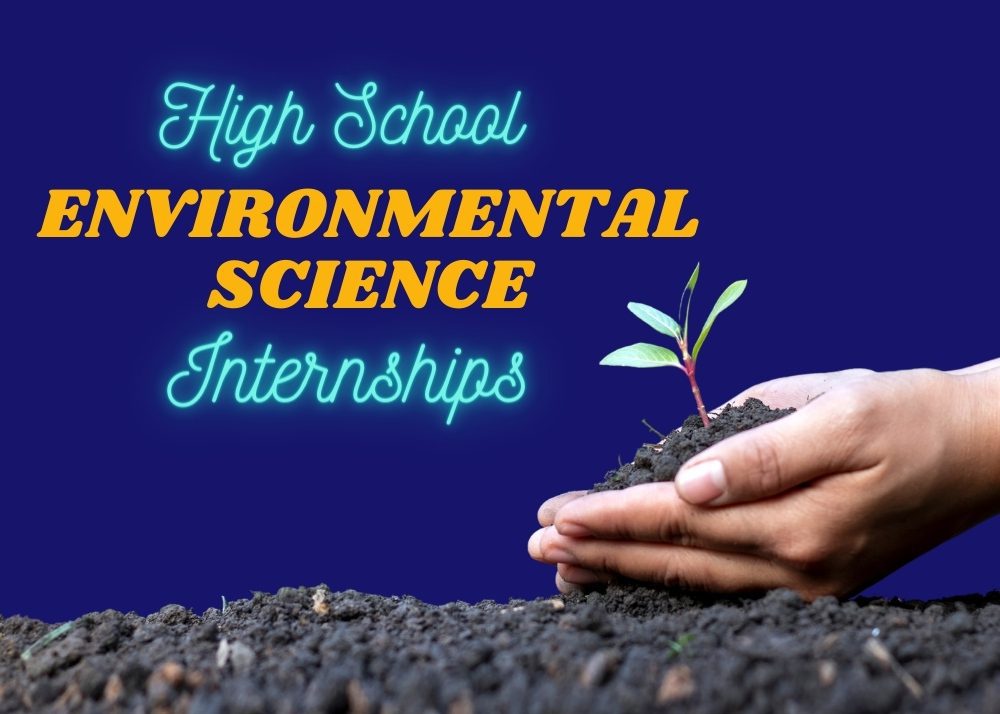 Student Life45+ Exciting Environmental Science Internships for High School StudentsOctober 18
Student Life45+ Exciting Environmental Science Internships for High School StudentsOctober 18 -
 Student LifeHigh School Science Competitions: How to Enter and WinNovember 09
Student LifeHigh School Science Competitions: How to Enter and WinNovember 09 -
 Info / InspirationLulu Garcia-Navarro: On the Record With Lateenz!April 06
Info / InspirationLulu Garcia-Navarro: On the Record With Lateenz!April 06 -
 Student LifeUltimate Guide to Middle and High School CompetitionsOctober 26
Student LifeUltimate Guide to Middle and High School CompetitionsOctober 26
Most popular
-
 Student Life35 Top Science Competitions for High School StudentsJanuary 31
Student Life35 Top Science Competitions for High School StudentsJanuary 31 -
 Info / InspirationVoto Para La Mujer Quarter is a Major “Change”!July 29
Info / InspirationVoto Para La Mujer Quarter is a Major “Change”!July 29 -
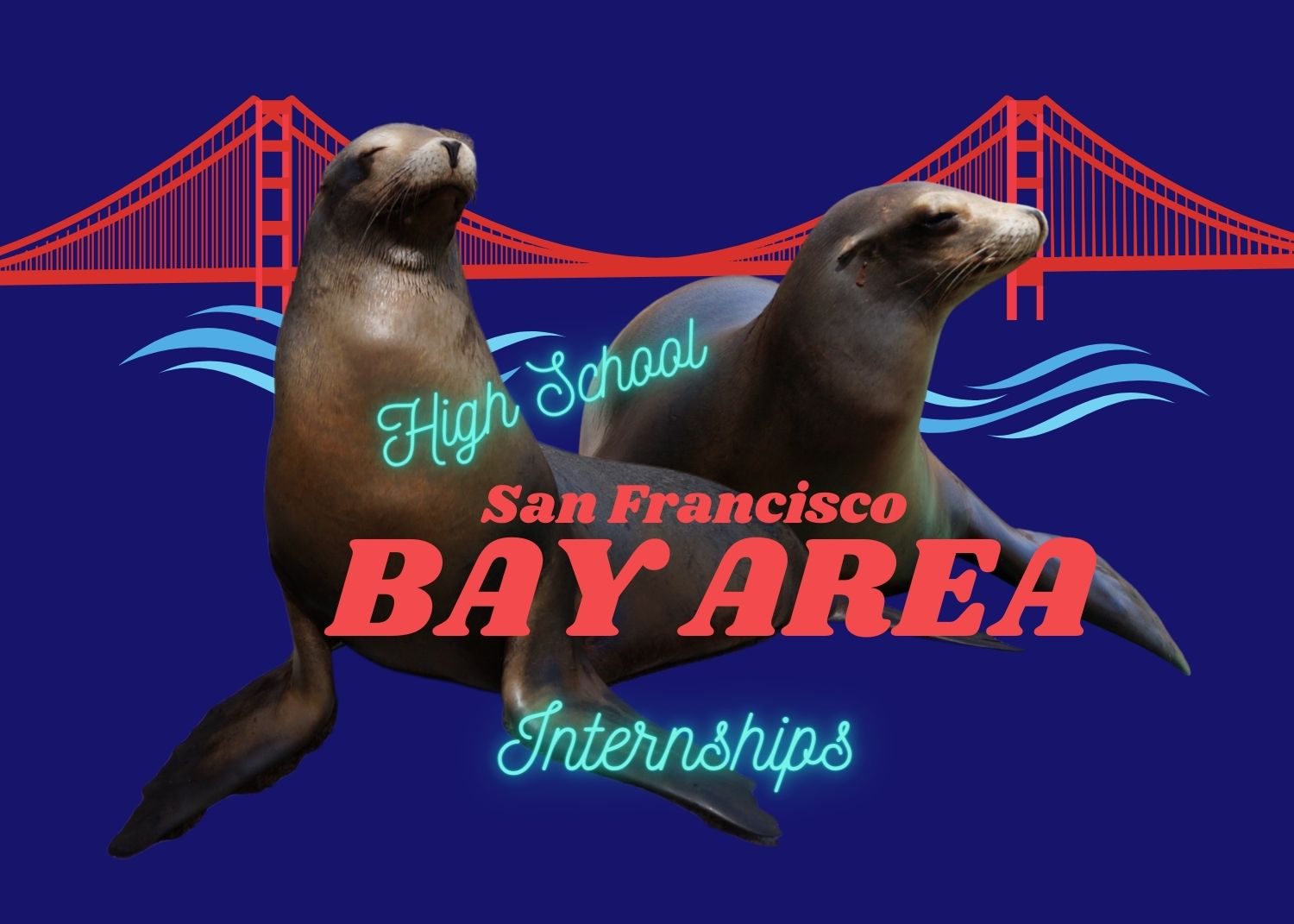 Student Life35+ High School Internships in the Bay AreaJanuary 22
Student Life35+ High School Internships in the Bay AreaJanuary 22 -
 Student Life90+ Best Writing Competitions for High School StudentsApril 13
Student Life90+ Best Writing Competitions for High School StudentsApril 13 -
 Student Life45+ Exciting Environmental Science Internships for High School StudentsOctober 18
Student Life45+ Exciting Environmental Science Internships for High School StudentsOctober 18

